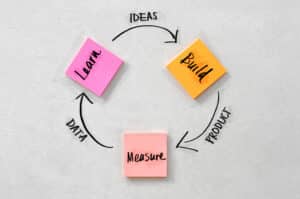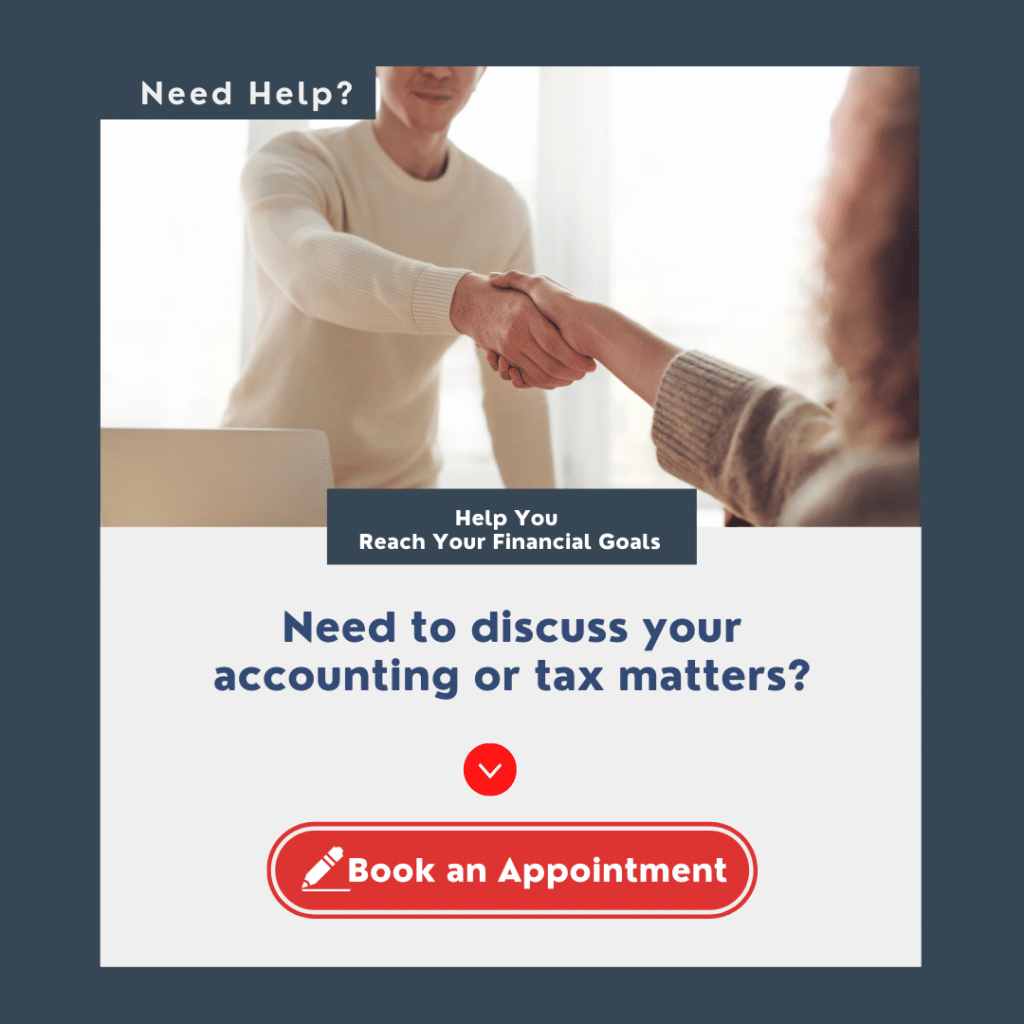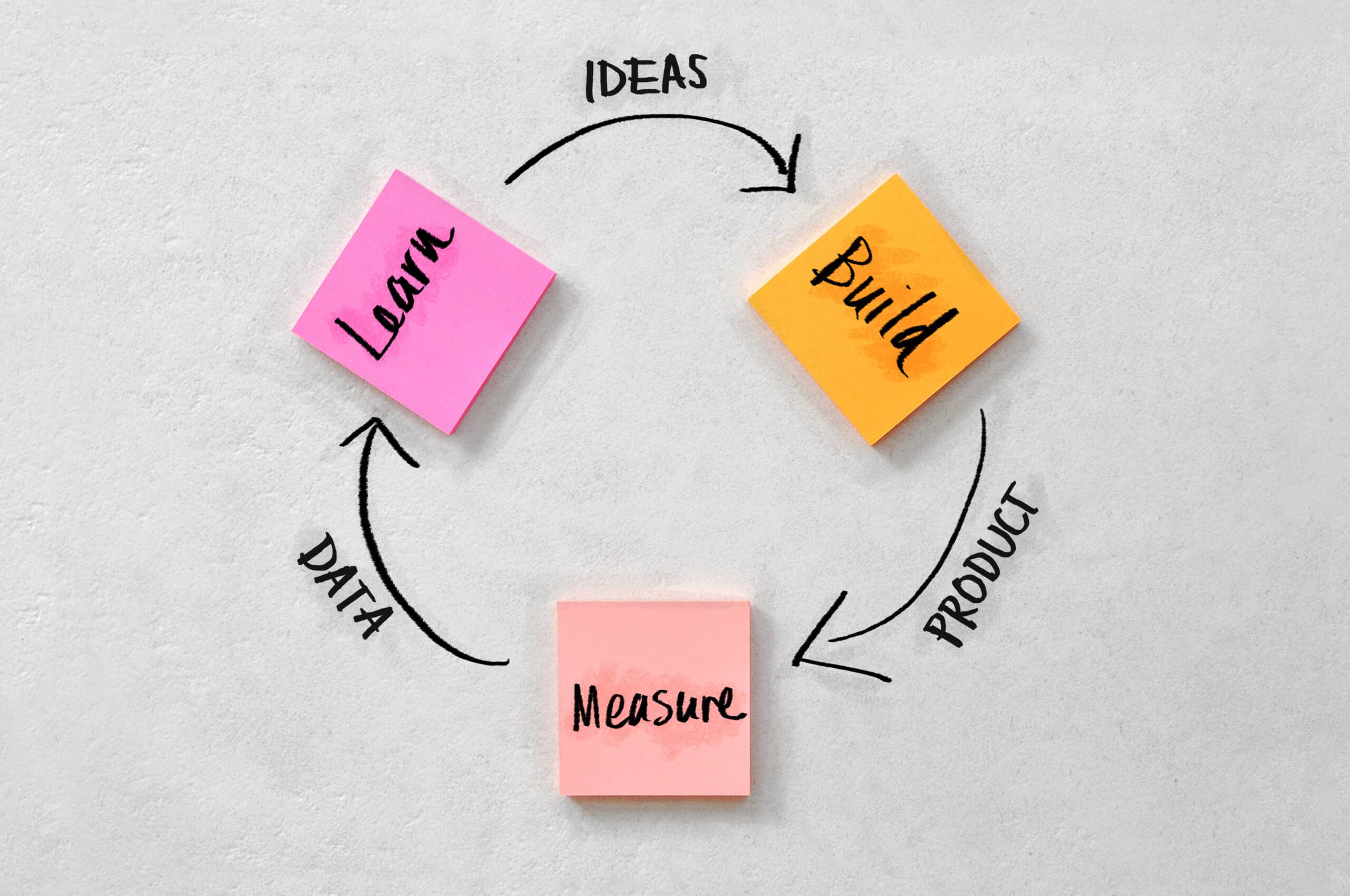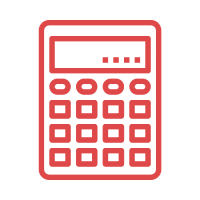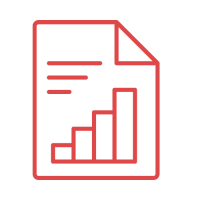If you’re a small business owner operating currently, you have likely created multiple paths towards marketing your business. One of the most critical aspects of digital marketing and sales is your website and converting visitors into leads. A landing page can help.
A solid goal to have in mind is to bring in new leads to your business. When set up and deployed the right way, landing pages can shoulder much of that work for you.
The landing page is the first glance your customers get into your website. It is essential to set up a landing page with a clear goal – to convert those online visitors. It is any page that your visitor arrives at, potentially after clicking on an ad or link. There is a clear end goal in mind: making a purchase, downloading something, or providing their information for follow-up.
A landing page stands alone and serves a single purpose: getting your visitors to give you their contact information. Landing pages have limited navigation and direct visitors to a call-to-action. They give your offer or promotion a place to live and act as a gate to your coveted material.s
There are multiple ways to create landing pages, but here are a few of the most common types:
Long-form Landing Pages
Long-form landing pages persuade those who visit your page with as much information as possible before opening their wallets for your product. They tend to be long and more copy-driven than other forms of landing pages.
Short-form Landing Pages
A landing page that uses this style tends to be lighter on the amount of copy and appeal more to clients who prefer images, emotions, stories, and instinct. This method is ideal when offering something for free or similar low-commitment action (such as a discount code or limited time offer).
Squeeze Pages
The purpose of this landing page is to entice or squeeze your visitors into providing you with their email addresses (which you can use to populate your lists) in an opt-in format. For this style, you want to ensure that the critical focus is on providing the email address – keep content to a minimum to avoid distracting the client from the offer.
Splash Page
A splash page appears before a visitor lands on an actual page and can be used to promote a single offer, a disclaimer or an announcement. You can also use a splash page to request acknowledgement of terms and conditions or verification (such as age verification to enter restricted sites). Splash pages only contain a few elements – a brief message, a navigation link to the promoted content’s page, and an exit or opt-out link.
Lead Capture Landing Page
The most common form of the landing page, lead capture pages, are designed to collect contact information from your traffic to help nurture them down your marketing funnel. However, while all lead capture pages are landing pages, not all landing pages are lead capture pages (meaning not all landing pages ask for contact information). Sometimes, you can use them after your leads have already given their contact information.
Launching/Coming Soon Landing Page
If you have yet to launch your business, web page or product, but still wish to collect leads, this landing page style is helpful to you. You can use them to host your webpage until the entire website is launched or replace your sales page in preparation for a product launch. It should include a single call to action for emails about news and updates, a value proposition and an image. You can also generate an additional sense of urgency with a countdown timer.



